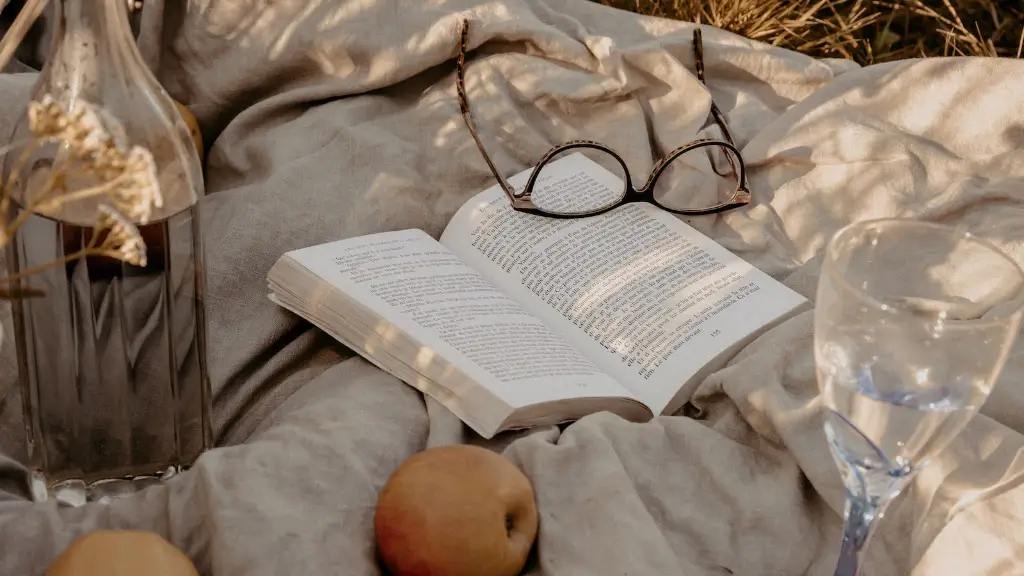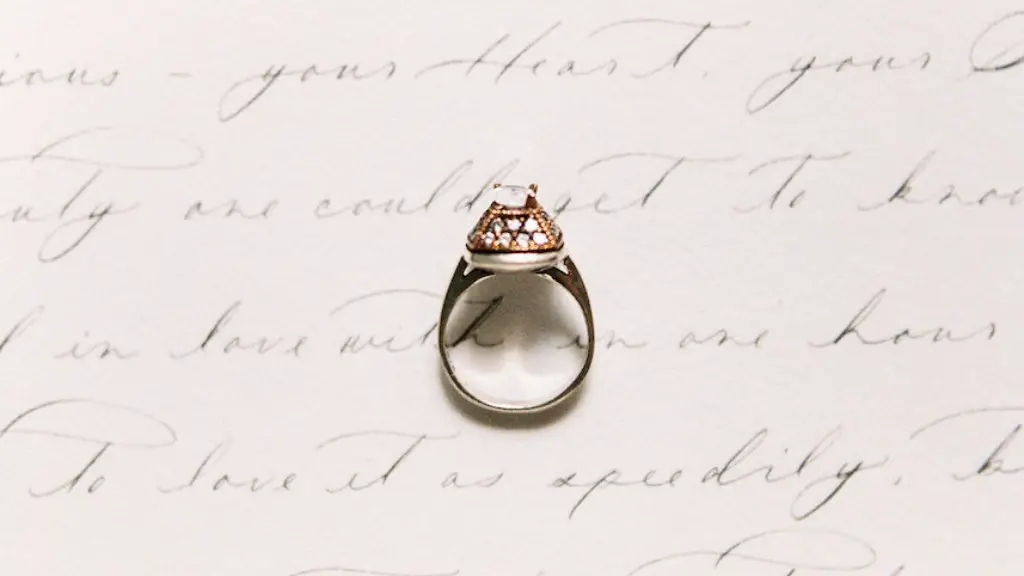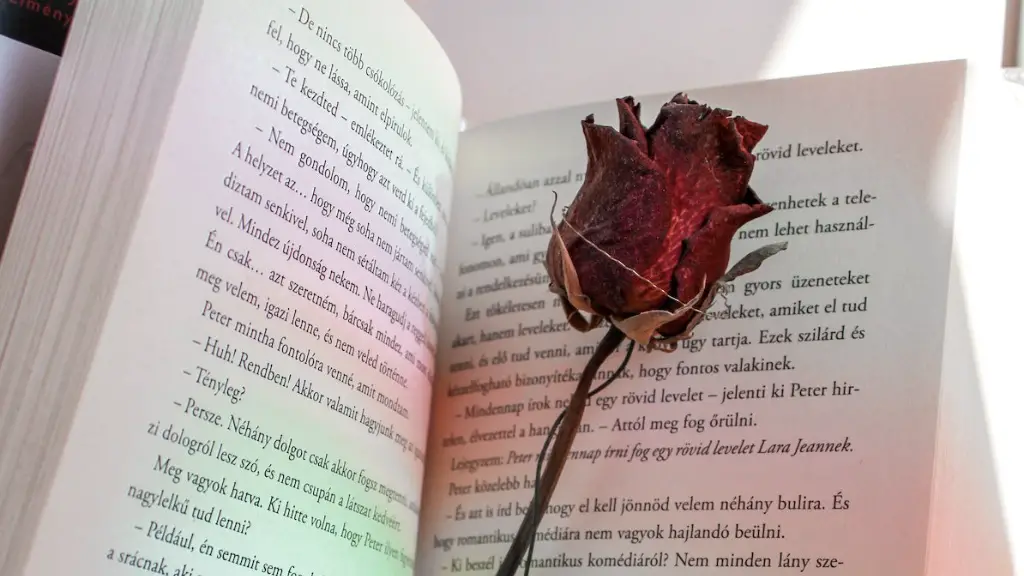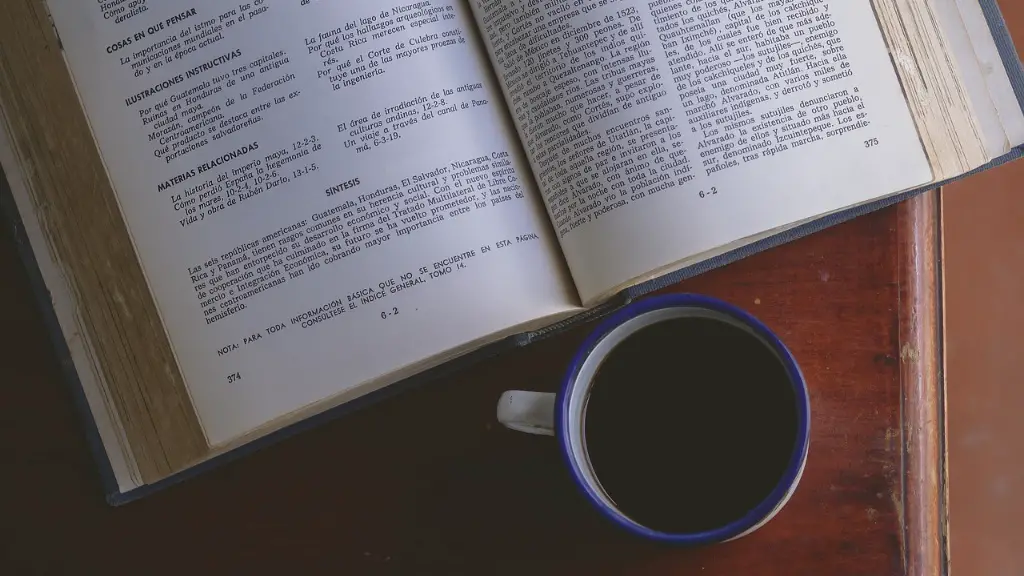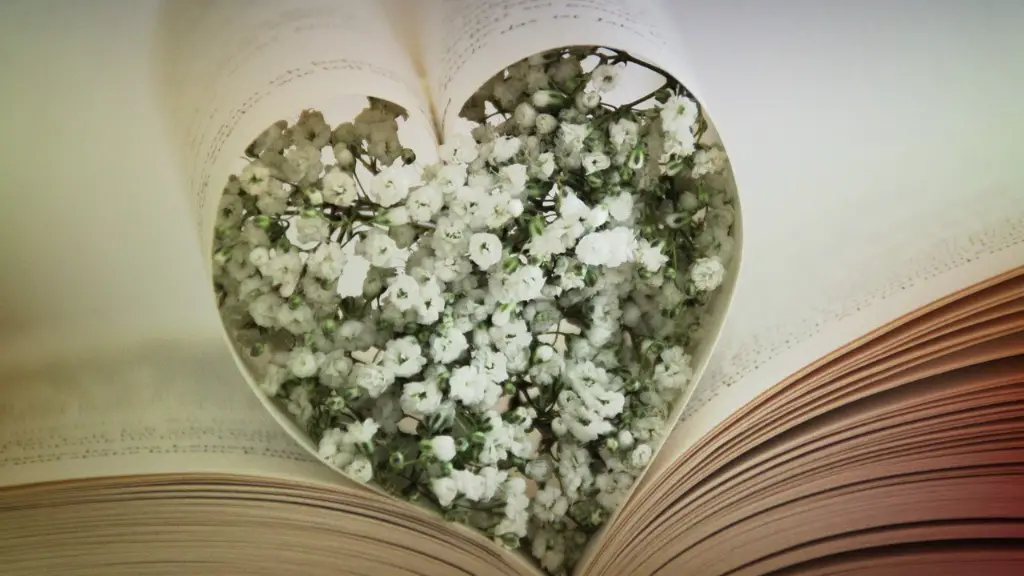Figurative language is a powerful tool for creating emotion in poetry, and can be used in a myriad of different ways. It is a type of language that uses words to express and evoke feelings, rather than to explain or describe. This approach to language is often used to make a comparison, analogy, or metaphor between two different things. It can also be used to add depth and complexity to ideas, create vivid images, and create strong feelings in the reader. Figurative language is a key element of great poetry and can transform the way a poem is interpreted.
One way that figurative language is used in poetry is through metaphor. A metaphor is a comparison between two things that may not seem to be related. It is used to express a feeling or thought in a new and interesting way. For example, a Shakespearean sonnet might include the line, “Thou art the North Star of my sky”. This metaphor expresses the idea that the subject of the poem is the one thing that the author always looks to for guidance and direction. This metaphor is more effective than a direct statement, as it is both expressive and evocative.
Figurative language is also used to create vivid images in the mind of the reader. It can be used to punctuate an idea or describe a situation in a unique and powerful way. For example, a stanza in a poem might include the line “the moon shaves the night like a barber’s razor”. This figurative language clarifies the idea that the moon makes the darkness of the night less intimidating. The use of the metaphor of a barber’s razor creates an image in the reader’s mind that clarifies the meaning of the poem.
Figurative language is also used to create strong emotions in the readers or listeners. Poets can use this tool to evoke a variety of emotions, such as sorrow, joy, fear, or love. For example, a line of poetry may include the words “love is an abyss, which I fall into without warning”. This comparison of love to an abyss is emotionally powerful and evokes feelings of fear, awe, and mystery. The figurative language used in this line is effective in creating an emotional connection with the reader.
In conclusion, figurative language is a powerful tool for creating emotion in poetry. It can be used to make a comparison, evoke a feeling, or create a vivid image in the reader’s mind. Figurative language can also be used to increase the impact and complexity of ideas. By using the right combination of words and images, poets can create an emotional connection with their audience and draw them into their work.
The Use of Imagery
Imagery is an important part of any poem, as it can help to describe and paint a picture for the reader. In addition to figurative language, imagery can be used to evoke emotions and add descriptive detail to a poem. Imagery can also be used to create an illusion and can be manipulated to alter the feelings of the reader. Imagery can be used to create abstract thoughts, and can add depth and complexity to a poem.
Imagery can be used in combination with figurative language to strengthen the effectiveness of the poem. For example, a line of a poem can include vivid imagery, such as “the stars glowed like a thousand fireflies, casting their light on the midnight sky”. The imagery of “thousand fireflies” adds to the vividness of the image created, and the allusion to stars adds a sense of wonder, awe, and beauty to the poem. Combining imagery and figurative language can create an emotionally powerful and meaningful poem.
Imagery can also be used to create a mood or atmosphere in a poem. For example, a poem might include the imagery of a “gentle breeze” and “the soft sound of a waterfall”. These images evoke feelings of tranquility and peace, creating a calm and soothing atmosphere. Creative use of imagery can add to the mood and atmosphere of a poem, and can be used to draw the reader into the poem.
In conclusion, imagery is an important aspect of poetry and can add depth and detail to the poem. By combining imagery and figurative language, poets can create vivid and emotionally powerful poems. Imagery can be used to evoke emotions, create a mood or atmosphere, and add detail to the poem. By using imagery and figurative language effectively, poets can create memorable and engaging poems.
The Use of Symbolism
The use of symbolism is also a key element of poetry and can be used in many different ways. Symbolism is the use of symbols to represent ideas and concepts. These symbols can be tangible objects, words, characters, or places. Symbolism can be used to evoke emotions, add depth and complexity to a poem, and can add a layer of meaning to a poem. Symbolism can also be used to create an illusion, and can be manipulated to alter the feelings of the reader.
Symbols can be used to explore a range of different ideas and can be used to express feelings and emotions. For example, a poem may use the symbol of a dove to represent peace and joy. This symbol can be used to evoke feelings of serenity and calm in a powerful way. Symbols can also be used to create contrast and add tension to a poem. In a poem about despair, the symbol of a rose may represent hope and joy. This contrast of light and dark can add emotional intensity and create a memorable poem.
Symbolism can also be used to create an atmosphere or mood in a poem. For example, a poem may use the symbolism of heavy rain to signify sadness and despair. Symbolism can be used to create a vivid image or atmosphere, and can be used to evoke a range of emotions in the reader. By using symbolism in combination with other elements of poetry, poets can create a unique and powerful poem.
In conclusion, symbolism is a powerful tool for creating emotion in poetry. It can be used to express feelings and emotions, explore ideas, and evoke atmosphere and mood. It can also be used to add depth and complexity to a poem and create an atmosphere of tension or tranquillity. By combining symbolism and other elements of poetry, poets can create engaging and powerful poems.
The Use of Personification
Personification is a type of figurative language that can be used in poetry. It is a literary device that is used to give human characteristics to inhuman objects or animals. Personification can be used to create vivid images, explore ideas, and evoke emotions in the reader. Through personification, poets can create an engaging and powerful poem.
Personification can be used to create vivid and powerful images. For example, a poem may include the line “the trees swayed like dancers in the wind”. This personification evokes an image of gracefulness and power. Personification can also be used to give a sense of life to an otherwise static landscape. By using personification, poets can create vivid and memorable images in the readers mind.
Personification can also be used to evoke emotions. By adding human characteristics to inanimate objects or animals, poets can create powerful and emotive imagery. For example, a poem may include the line “the river weeps in sorrow”, evoking feelings of sadness and despair. Through personification, poets can create emotionally powerful poems and draw the readers into the poem.
In conclusion, personification is a powerful tool for creating emotion in poetry. It can be used to create vivid images and evoke emotions in the reader. By using personification, poets can explore ideas and create an engaging and powerful poem. By combining personification and other elements of poetry, poets can create unique and memorable poems.
The Use of Hyperbole
Hyperbole is a type of figurative language that can be used to great effect in poetry. It is an exaggeration or overstatement that is used to emphasize a point or create an impression. Hyperbole can be used to draw attention to certain ideas, create feelings of awe and wonder, and evoke strong emotions in the reader. It can also be used to create absurd images, add humor to a poem, and create an atmosphere of tension or excitement.
Hyperbole can be used to create an atmosphere of wonder and awe in a poem. For example, a poem may include the line “the night sky seemed to stretch infinitely”. This exaggeration creates a sense of awe and conveys the grandeur of the night sky. Hyperbole can also be used to create absurd images, such as the line “we ate enough food for ten people”. This hyperbole evokes a humorous image and conveys the idea that the meal was very large.
Hyperbole can also be used to emphasize a point or create an impression. For example, a poem may include the line “I saw fear in my enemy’s eyes”. This hyperbole conveys the idea of intense fear, and emphasizes the remarkable nature of the situation. Hyperbole can also be used to create an atmosphere of tension and suspense, such as the line “the darkness seemed to stretch on forever”. This creates a sense of anticipation, and conveys the idea that something ominous is impending.
In conclusion, hyperbole is an effective tool for creating emotion in poetry. It can be used to emphasize a point, evoke feelings of awe and wonder, and create an atmosphere of suspense or tension. By using hyperbole creatively and strategically, poets can create powerful and emotive poems.
